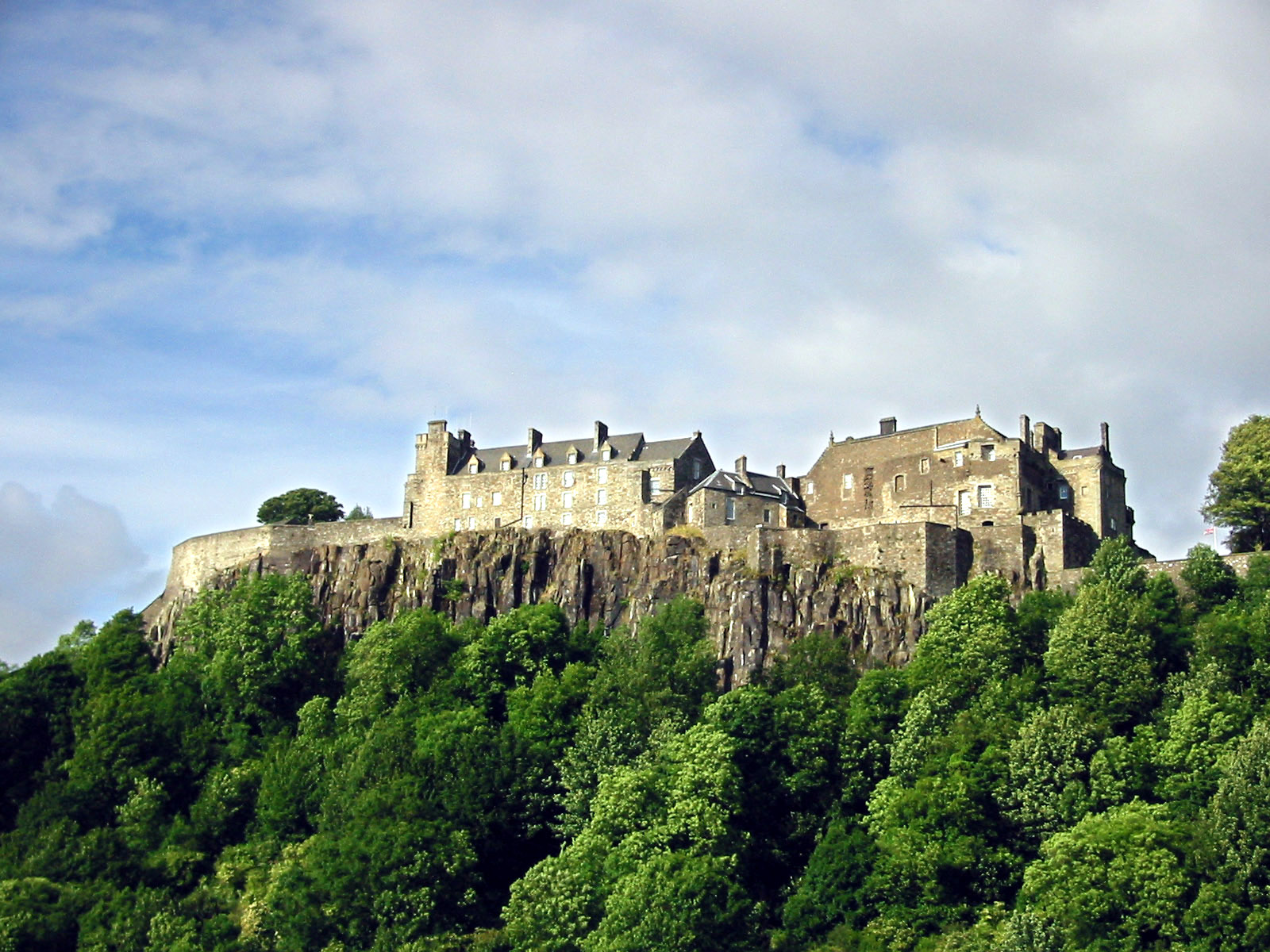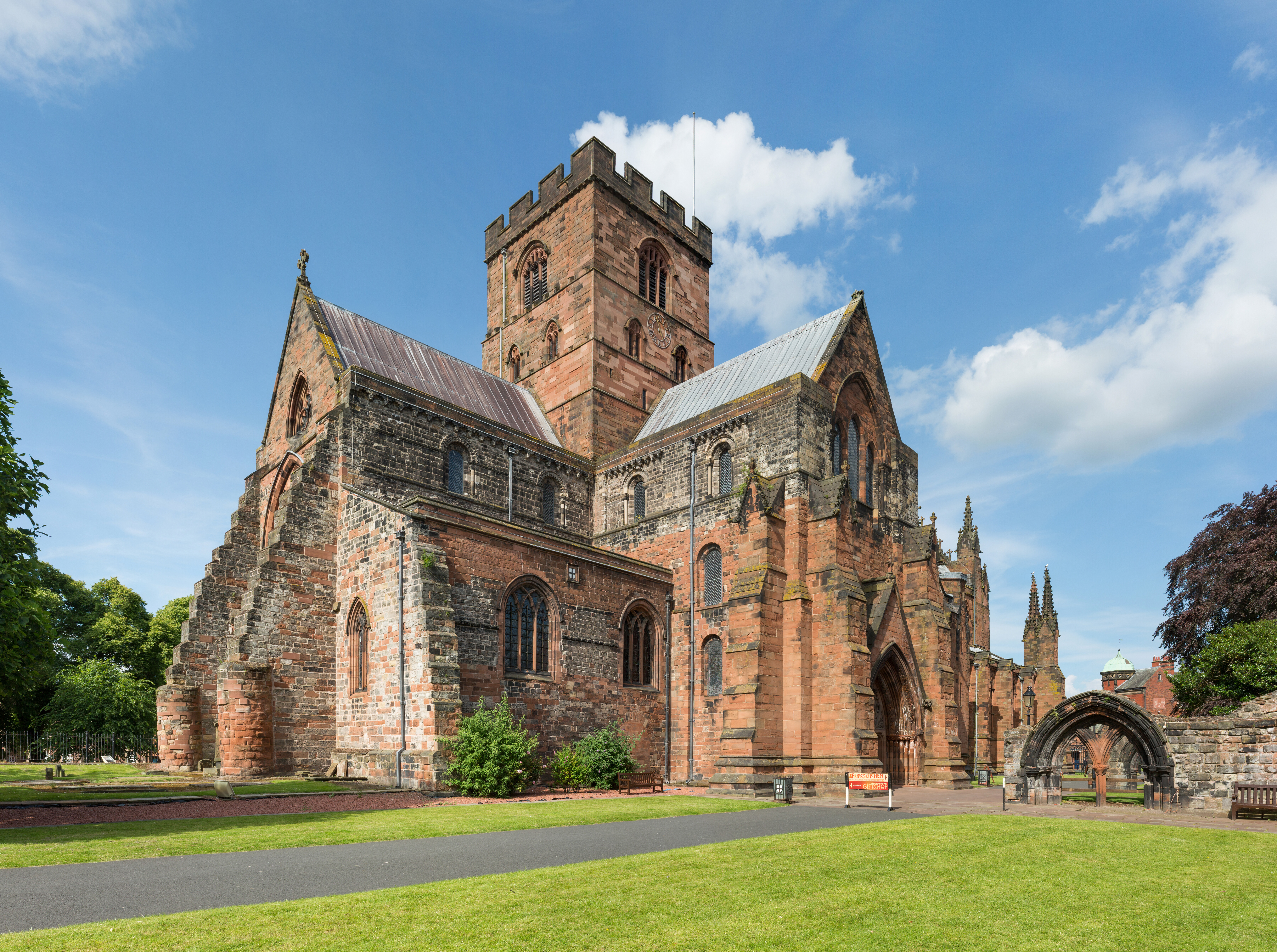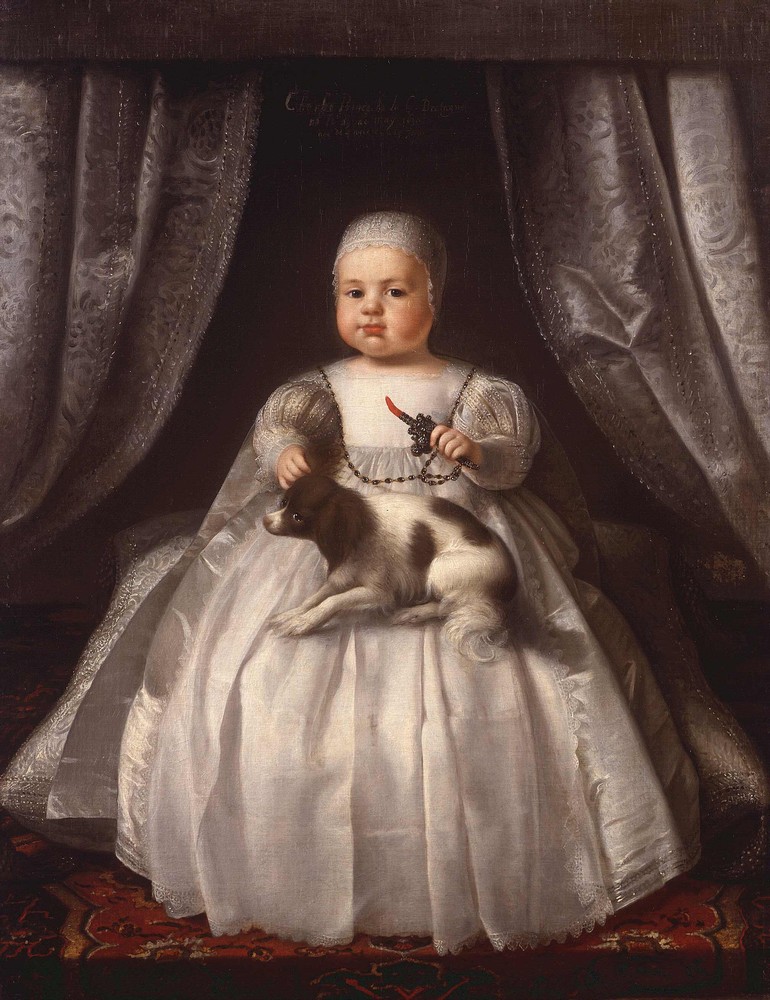|
Clan Bannerman
Clan Bannerman ( gd, Mac a' Bhrataich) is a Lowland Scottish clan. History Origins of the clan Traditional origins The surname Bannerman has its origin in the privilege of the family's ancestors having been the carriers of the royal standard (banner bearers) in the 10th and 11th centuries. The chief's arms also show this honorable office. It is not known exactly when this right passed to the family but according to one tradition it was during the reign of either Malcolm III of Scotland or Alexander I of Scotland. The king is said to have braved the raging waters of the River Spey and Sir Alexander Carron, the king's chamberlain carried the royal standard and the rest of the Scottish army followed. The rebels were defeated and Carron was rewarded by being named the hereditary Standard Bearer to the King. His descendants still bear this privilege. Recorded origins In June 1367 Donald Bannerman was granted the lands of Clyntrees, Waterton and Weltown in the parish of Ellon, Aberde ... [...More Info...] [...Related Items...] OR: [Wikipedia] [Google] [Baidu] |
Sabhal Mòr Ostaig
Sabhal Mòr Ostaig () (Great Barn of Ostaig) is a public higher education college situated in the Sleat peninsula in the south of the Isle of Skye The Isle of Skye, or simply Skye (; gd, An t-Eilean Sgitheanach or ; sco, Isle o Skye), is the largest and northernmost of the major islands in the Inner Hebrides of Scotland. The island's peninsulas radiate from a mountainous hub dominated ..., with an associate campus at Bowmore on the island of Islay, Ionad Chaluim Chille Ìle (the Islay Columba Centre). Sabhal Mòr is an independent Academic Partner in the federal University of the Highlands and Islands. Uniquely, its sole medium of instruction on degree courses is Scottish Gaelic. Since its foundation in 1973 Sabhal Mòr Ostaig has played a crucial role in the Scottish Gaelic Renaissance, linguistic and cultural renaissance of Gaelic in Scotland. The college enjoys an international reputation for the study of the history and literature of the Gàidhealtachd, past an ... [...More Info...] [...Related Items...] OR: [Wikipedia] [Google] [Baidu] |
Aberdeen
Aberdeen (; sco, Aiberdeen ; gd, Obar Dheathain ; la, Aberdonia) is a city in North East Scotland, and is the third most populous city in the country. Aberdeen is one of Scotland's 32 local government council areas (as Aberdeen City), and has a population estimate of for the city of Aberdeen, and for the local council area making it the United Kingdom's 39th most populous built-up area. The city is northeast of Edinburgh and north of London, and is the northernmost major city in the United Kingdom. Aberdeen has a long, sandy coastline and features an oceanic climate, with cool summers and mild, rainy winters. During the mid-18th to mid-20th centuries, Aberdeen's buildings incorporated locally quarried grey granite, which may sparkle like silver because of its high mica content. Since the discovery of North Sea oil in 1969, Aberdeen has been known as the offshore oil capital of Europe. Based upon the discovery of prehistoric villages around the mouths of the ... [...More Info...] [...Related Items...] OR: [Wikipedia] [Google] [Baidu] |
Stirling
Stirling (; sco, Stirlin; gd, Sruighlea ) is a city in central Scotland, northeast of Glasgow and north-west of Edinburgh. The market town, surrounded by rich farmland, grew up connecting the royal citadel, the medieval old town with its merchants and tradesmen, the Old Bridge and the port. Located on the River Forth, Stirling is the administrative centre for the Stirling council area, and is traditionally the county town of Stirlingshire. Proverbially it is the strategically important "Gateway to the Highlands". It has been said that "Stirling, like a huge brooch clasps Highlands and Lowlands together". Similarly "he who holds Stirling, holds Scotland" is often quoted. Stirling's key position as the lowest bridging point of the River Forth before it broadens towards the Firth of Forth made it a focal point for travel north or south. When Stirling was temporarily under Anglo-Saxon sway, according to a 9th-century legend, it was attacked by Danish invaders. The sound of a w ... [...More Info...] [...Related Items...] OR: [Wikipedia] [Google] [Baidu] |
Charles Edward Stuart
Charles Edward Louis John Sylvester Maria Casimir Stuart (20 December 1720 – 30 January 1788) was the elder son of James Francis Edward Stuart, grandson of James II and VII, and the Stuart claimant to the thrones of England, Scotland and Ireland from 1766 as Charles III. During his lifetime, he was also known as "the Young Pretender" and "the Young Chevalier"; in popular memory, he is known as Bonnie Prince Charlie. Born in Rome to the exiled Stuart court, he spent much of his early and later life in Italy. In 1744, he travelled to France to take part in a planned invasion to restore the Stuart monarchy under his father. When the French fleet was partly wrecked by storms, Charles resolved to proceed to Scotland following discussion with leading Jacobites. This resulted in Charles landing by ship on the west coast of Scotland, leading to the Jacobite rising of 1745. The Jacobite forces under Charles initially achieved several victories in the field, including the Battle ... [...More Info...] [...Related Items...] OR: [Wikipedia] [Google] [Baidu] |
Jacobite Rising Of 1745
The Jacobite rising of 1745, also known as the Forty-five Rebellion or simply the '45 ( gd, Bliadhna Theàrlaich, , ), was an attempt by Charles Edward Stuart to regain the British throne for his father, James Francis Edward Stuart. It took place during the War of the Austrian Succession, when the bulk of the British Army was fighting in mainland Europe, and proved to be the last in a series of revolts that began in 1689, with major outbreaks in 1708, 1715 and 1719. Charles launched the rebellion on 19 August 1745 at Glenfinnan in the Scottish Highlands, capturing Edinburgh and winning the Battle of Prestonpans in September. At a council in October, the Scots agreed to invade England after Charles assured them of substantial support from English Jacobites and a simultaneous French landing in Southern England. On that basis, the Jacobite army entered England in early November, reaching Derby on 4 December, where they decided to turn back. Similar discussions had taken ... [...More Info...] [...Related Items...] OR: [Wikipedia] [Google] [Baidu] |
France
France (), officially the French Republic ( ), is a country primarily located in Western Europe. It also comprises of overseas regions and territories in the Americas and the Atlantic, Pacific and Indian Oceans. Its metropolitan area extends from the Rhine to the Atlantic Ocean and from the Mediterranean Sea to the English Channel and the North Sea; overseas territories include French Guiana in South America, Saint Pierre and Miquelon in the North Atlantic, the French West Indies, and many islands in Oceania and the Indian Ocean. Due to its several coastal territories, France has the largest exclusive economic zone in the world. France borders Belgium, Luxembourg, Germany, Switzerland, Monaco, Italy, Andorra, and Spain in continental Europe, as well as the Netherlands, Suriname, and Brazil in the Americas via its overseas territories in French Guiana and Saint Martin. Its eighteen integral regions (five of which are overseas) span a combined area of ... [...More Info...] [...Related Items...] OR: [Wikipedia] [Google] [Baidu] |
Carlisle
Carlisle ( , ; from xcb, Caer Luel) is a city that lies within the Northern English county of Cumbria, south of the Scottish border at the confluence of the rivers Eden, Caldew and Petteril. It is the administrative centre of the City of Carlisle district which, (along with Cumbria County Council) will be replaced by Cumberland Council in April 2023. The city became an established settlement during the Roman Empire to serve forts on Hadrian's Wall. During the Middle Ages, the city was an important military stronghold due to its proximity to the Kingdom of Scotland. Carlisle Castle, still relatively intact, was built in 1092 by William Rufus, served as a prison for Mary, Queen of Scots in 1568 and now houses the Duke of Lancaster's Regiment and the Border Regiment Museum. In the early 12th century, Henry I allowed a priory to be built. The priory gained cathedral status with a diocese in 1133, the city status rules at the time meant the settlement became a city. ... [...More Info...] [...Related Items...] OR: [Wikipedia] [Google] [Baidu] |
James Francis Edward Stuart
James Francis Edward Stuart (10 June 16881 January 1766), nicknamed the Old Pretender by Whigs, was the son of King James II and VII of England, Scotland and Ireland, and his second wife, Mary of Modena. He was Prince of Wales from July 1688 until, just months after his birth, his Catholic father was deposed and exiled in the Glorious Revolution of 1688. James II's Protestant elder daughter (the prince's half-sister) Mary II and her husband (the prince's cousin) William III became co-monarchs. The Bill of Rights 1689 and Act of Settlement 1701 excluded Catholics such as James from the English and British thrones. James Francis Edward was raised in Continental Europe and known as the Chevalier de St. George. After his father's death in 1701, he claimed the English, Scottish and Irish crowns as James III of England and Ireland and James VIII of Scotland, with the support of his Jacobite followers and Louis XIV of France, a cousin of his father. Fourteen years l ... [...More Info...] [...Related Items...] OR: [Wikipedia] [Google] [Baidu] |
List Of Provosts And Lord Provosts Of Aberdeen
The Lord Provost of Aberdeen is the convener of the Aberdeen City local authority in Scotland. They are elected by the city council and serve not only as the chair of that body, but as a figurehead for the entire city. They are equivalent in many ways to the institution of mayor that exists in many other countries. According to Munro in Aberdeen up to the end of the sixteenth century, the provost was elected on the first Monday after Michaelmas. From then until 1833 the election took place on the first Wednesday after Michaelmas, and from then (at least until 1897) elections were held on the Friday after the first Tuesday in November. He gives the example of John Cheyne elected 1593 who would have continued in office until the Michaelmas election of 1594. The dates below, up to 1897 recognise this pattern. Each of the 32 Scottish local authorities elects a Convener or provost, but only the cities of Glasgow, Edinburgh, Aberdeen and Dundee have a Lord Provost. While this wa ... [...More Info...] [...Related Items...] OR: [Wikipedia] [Google] [Baidu] |
Jacobite Rising Of 1715
The Jacobite rising of 1715 ( gd, Bliadhna Sheumais ; or 'the Fifteen') was the attempt by James Edward Stuart (the Old Pretender) to regain the thrones of England, Ireland and Scotland for the exiled Stuarts. At Braemar, Aberdeenshire, local landowner the Earl of Mar raised the Jacobite standard on 27 August. Aiming to capture Stirling Castle, he was checked by the much-outnumbered Hanoverians, commanded by the Duke of Argyll, at Sheriffmuir on 13 November. There was no clear result, but the Earl appeared to believe, mistakenly, that he had won the battle, and left the field. After the Jacobite surrender at Preston (14 November), the rebellion was over. Background The 1688 Glorious Revolution deposed James II and VII, who was replaced by his Protestant daughter Mary II and her Dutch husband William III, ruling as joint monarchs. Shortly before William's death in March 1702, the Act of Settlement 1701 definitively excluded Catholics from the throne, among them ... [...More Info...] [...Related Items...] OR: [Wikipedia] [Google] [Baidu] |
Charles II Of England
Charles II (29 May 1630 – 6 February 1685) was King of Scotland from 1649 until 1651, and King of England, Scotland and Ireland from the 1660 Restoration of the monarchy until his death in 1685. Charles II was the eldest surviving child of Charles I of England, Scotland and Ireland and Henrietta Maria of France. After Charles I's execution at Whitehall on 30 January 1649, at the climax of the English Civil War, the Parliament of Scotland proclaimed Charles II king on 5 February 1649. But England entered the period known as the English Interregnum or the English Commonwealth, and the country was a de facto republic led by Oliver Cromwell. Cromwell defeated Charles II at the Battle of Worcester on 3 September 1651, and Charles fled to mainland Europe. Cromwell became virtual dictator of England, Scotland and Ireland. Charles spent the next nine years in exile in France, the Dutch Republic and the Spanish Netherlands. The political crisis that followed Cromwell's deat ... [...More Info...] [...Related Items...] OR: [Wikipedia] [Google] [Baidu] |
List Of Baronetcies In The Baronetage Of Nova Scotia
This is a list of baronetcies in the Baronetage of Nova Scotia. These were first created in 1624, and were replaced by the Baronetage of Great Britain in 1707. This page lists baronetcies, whether extant, extinct, dormant (D), unproven (U), under review (R), abeyant, or forfeit, in the Baronetage of Nova Scotia. The holders of some of the baronetcies listed on the list have died but in each case, up to the present, no person has proved succession and thus been placed upon the Official Roll of the Baronetage. Those that are marked with a "Dormant" in the penultimate column are regarded as being dormant since, although heirs are known to exist, succession has not been proved within a period of five years from the death of the holder. A baronetcy becomes extinct when heirs cannot be traced and are believed not to exist. In this case it should not be listed on the Official Roll but would be re-activated should an heir subsequently emerge. The Royal Warrant of Edward VII of 8 ... [...More Info...] [...Related Items...] OR: [Wikipedia] [Google] [Baidu] |






_-_Sir_George_Reid_-_ABDCC001026.jpg)

